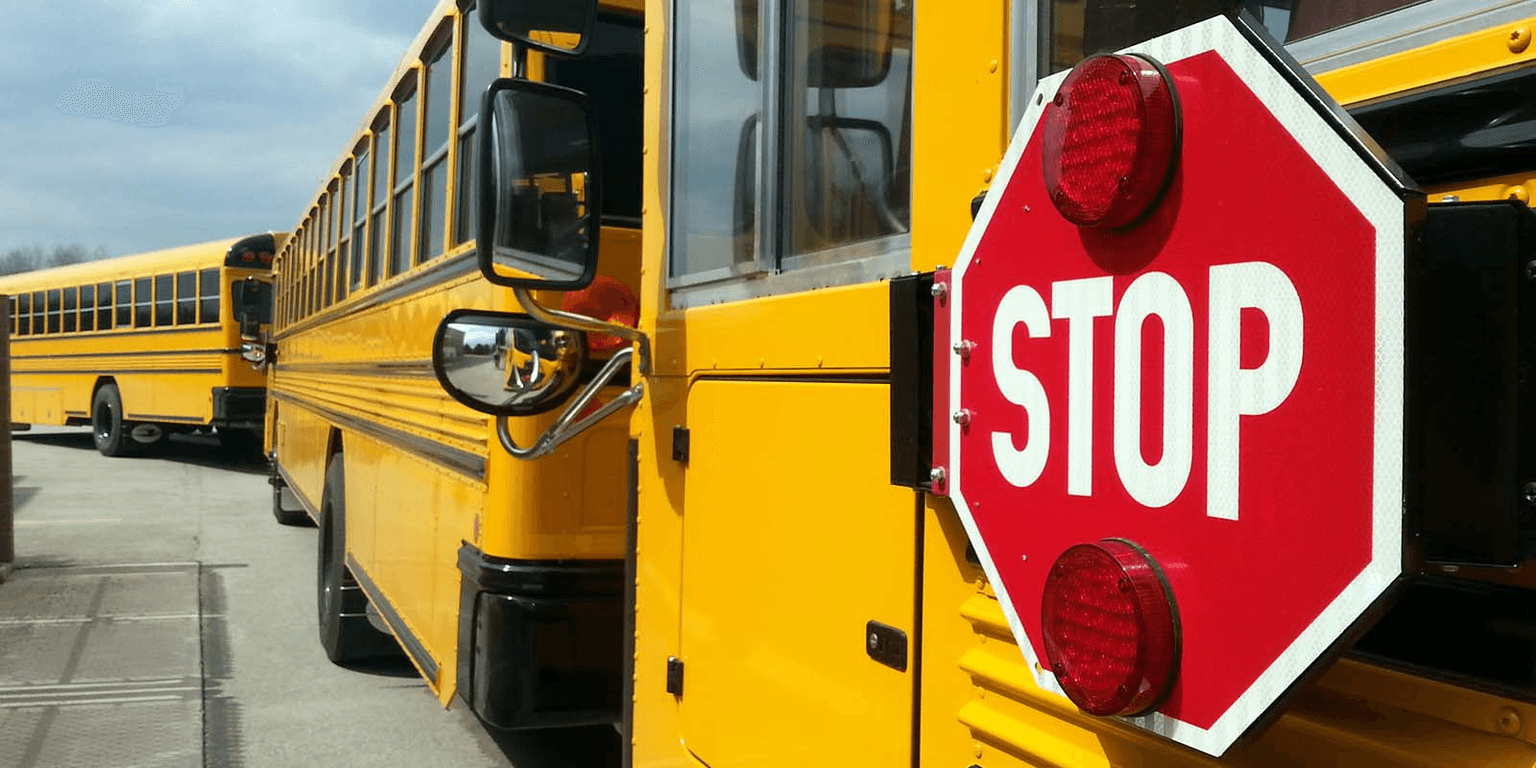
9 Must-Have Safety Features Every Bus Buyer Should Know
If you’re in the market for a bus, whether it’s a retired school bus, a highway-ready coach, or a shuttle for your organization, safety isn’t optional. It’s essential. And from experience, I can tell you: overlooking even one critical feature can turn a solid buy into an expensive regret. And today, no one has that kind of money to waste.
So that’s why I’ve come up with this guide. I’ll walk you through nine key safety features you should always inspect before buying a bus—especially a used one. From mechanical systems to emergency preparedness, these are the must-haves for protecting passengers and preserving peace of mind.
1. Brakes and Suspension
The bus may feel fine on a test drive, but don’t let that fool you. Brake and suspension issues often hide beneath the surface.
- Inspect brake pads, rotors, drums, and lines (especially if the bus uses air brakes).
- Check suspension components for play, leaks, or sagging.
- Ask for recent service records, or better yet, schedule a third-party inspection.
2. Tires and Tread Depth
Tires are your contact with the road. Worn-out rubber means higher stopping distances and less grip in bad weather.
- Look for uneven wear, dry rot, and tread below legal depth (4/32” front, 2/32” rear).
- Confirm the DOT date code. Anything over six years old? Budget for replacements.
3. Emergency Exits and Alarms
Federal law requires emergency exits on all buses. However, “compliance” doesn’t always mean they actually work.
- Test all emergency windows, roof hatches, and exit doors.
- Alarms should sound when opened. If they don’t, it’s a fix you’ll need to make.
4. Seatbelts and Passenger Restraints
More states are mandating seat belts in new school buses, but enforcement and retrofitting still vary widely. Your state’s rules may vary, so be sure to read up on the requirements before choosing a bus in another state.
- Inspect every belt for frays, broken buckles, or missing hardware.
- For ADA-compliant buses, check that tie-downs and lap belt systems are included and functional.
- Pro tip: California, Texas, and Louisiana require belts on newer models, but use policies are often set by local districts. Know your local requirements..
5. Lights and Signals
Visibility keeps everyone safe, and missing lights can cost you in inspections—or worse, in traffic.
- Test headlights (high/low), taillights, brake lights, and turn signals.
- Don’t forget reverse lights, hazard flashers, and, if it’s a school bus, stop arms and warning strobes.
6. HVAC (Heating, Ventilation, and Air Conditioning)
Extreme temperatures cause rider complaints faster than anything else, especially on longer routes. And that will cost you money.
- Test the heater and A/C for full functionality, front to rear.
- Roof-mounted units and rear climate controls should cycle on and off as expected.
- Bonus: If the bus sat unused, check refrigerant charge and blower function.
7. Fire Extinguishers and First Aid Kits
Yes, this seems basic, but it’s often overlooked, especially on private and nonprofit-owned buses.
- Check expiration dates and pressure gauges.
- Ensure mounting brackets are secure and easy to reach.
- DOT inspections will flag missing or non-compliant kits, so this one’s non-negotiable.
8. Cameras and Backup Systems
Since 2018, rearview cameras are required on all new light-duty vehicles. While many buses fall outside that law, cameras are still a valuable upgrade.
- Look for a working backup camera, especially on long-frame or high-capacity models.
- In 2015, Thomas Built Buses released BusWise®, a 360° camera system that is still considered top-tier for fleet safety.
- Sideview cameras or onboard DVRs can add another layer of confidence and liability protection.
9. Frame and Underbody Condition
Cosmetic rust? Probably fine. Structural corrosion? Big problem.
- Inspect undercarriage weld points, crossmembers, and stepwell supports.
- If you’re not lifting the skirt yourself, ask a mechanic to do a frame check, like our own George shows us here.
- Snow-state and coastal buses tend to age faster underneath—don’t take a seller’s word for it.
Final Tip
As I’ve said before, spend $300 on a mechanic’s inspection before you buy. It’s a small price to avoid thousands in surprise repairs or safety hazards.
And if you’re still browsing, head to BusesForSale.com. From ADA-ready shuttles to high-capacity school buses with documented safety features, you’ll find listings backed by real specs, real people, and real peace of mind.
Share on:


